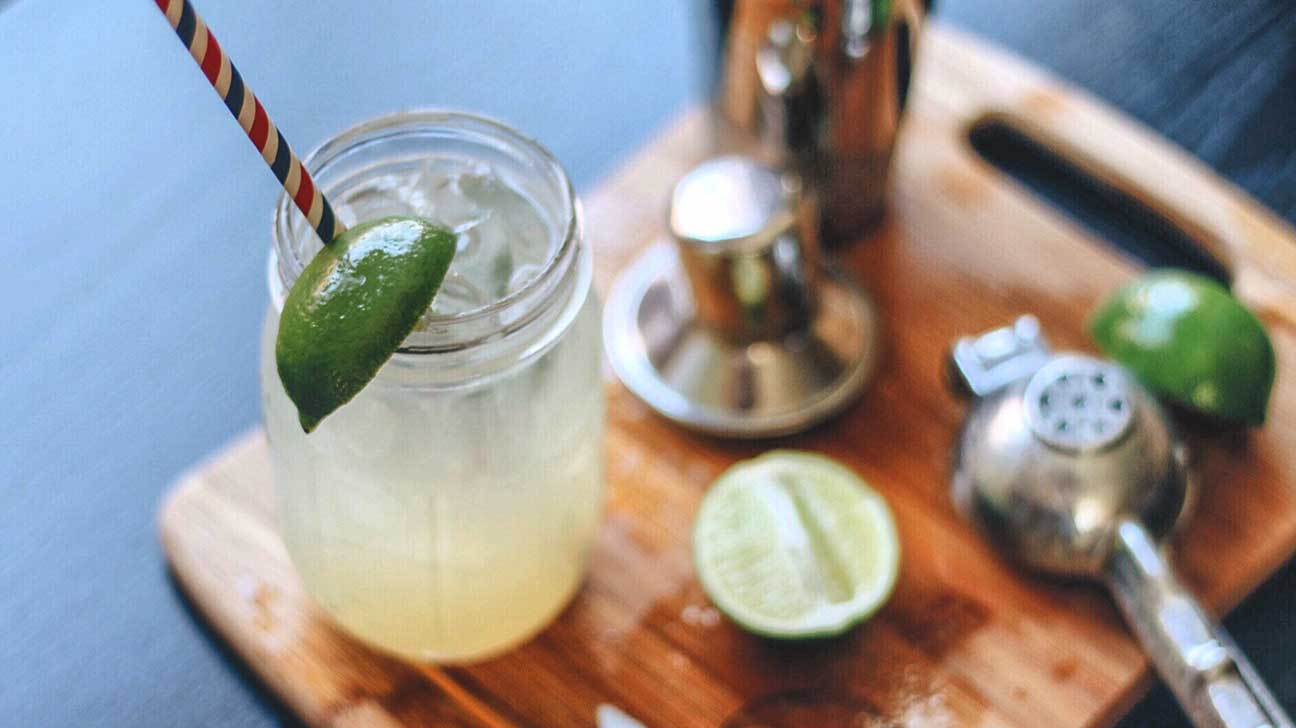Lime and Sun Don’t Always Mix: Beware the Margarita ‘Burn’ This Summer
Be careful this Cinco de Mayo if you plan to enjoy a margarita.

Sipping on a margarita in the sunshine is a favorite summer pastime, especially during Cinco de Mayo celebrations.
But the health risk from these drinks goes beyond a gnarly hangover. Second-degree burns and itchy rashes can develop if a stray splash of lime juice lands on your skin.
It’s a condition called phytophotodermatitis, more commonly known as a “margarita burn.” The official name describes exactly why these burns occur.
“The term ‘phyto’ means plant, ‘photo’ refers to light, and ‘dermatitis’ is the inflammation of the skin,” said Dr. Keira Barr, a dual board-certified dermatologist and founder of Resilient Health Institute.
In other words, if lime juice drips on your skin when you’re whipping up a batch of margaritas at a summer barbecue and you stay out in the sun for a few hours, you might develop a nasty reaction that includes blisters, rashes, and burns. The reaction is worse on skin that’s wet or sweaty.
Margarita burns result when a chemical called furocoumarin reacts with sunlight. This chemical is found in limes and citrus fruits, along with celery, figs, fennel, and a number of other plants.
“This chemical can become activated by UVA rays. The furocoumarin is absorbed into the cells of the top layer of the skin, your epidermis, resulting in burning, redness, and blisters,” Barr said.
Margarita burns typically start as a rash that forms within 24 hours of exposure. The rash can then can grow into a cluster of painful blisters at the point of contact a day or two later. Once the swelling goes down, the blisters usually turn into dark patches or streaks (known as post-inflammatory pigmentation) that last for weeks or months.
How long does it take to recover?
People with a mild case of phytophotodermatitis may never even notice it, as the condition tends to clear up on its own. But worse cases may develop into severe blistering that can land you in the hospital.
“The degree of photosensitivity is based on the amount of juice and its concentration. People who were squeezing a lot of limes or had a drink spilled on them and then had a lot of sun exposure may have significant blistering, like a second- or third-degree thermal burn. They might have open sores and wounds that require medical attention,” said Barr.
Doctors can typically diagnose phytophotodermatitis with a physical examination and asking questions about a patient’s recent activity. However, since the condition looks like many other more common health issues, it’s often misdiagnosed as a fungal skin infection, sunburn, poison ivy rash, a chemical burn, or even child abuse.
Treatment will vary depending on the severity of the margarita burn.
“You might need supportive care like you would for sunburn, including cool compresses, anti-inflammatory medication (like ibuprofen), or topical steroids. People with severe blistering or skin that’s sloughing off will face a risk of secondary infection, so it needs to be treated like a burn,” said Barr.
Tips for avoiding the ‘burn’
So how can you still enjoy citrus cocktails this summer without damaging your skin?
In general, it’s a good idea to protect yourself from the sun by applying sunscreen and wearing a wide-brimmed hat, pants, and long sleeves when outdoors in the summer.
Be mindful when drinking margaritas or coming into contact with any fruits or plants that contain furocoumarin, especially when outdoors or near a window.
“The bottom line is that you should keep your limes in your glass, and if you do happen to splash some lime juice on your skin while enjoying the sunshine, be sure to wash it off right away so your happy hour stays happy,” Barr said.
Source: Read Full Article


